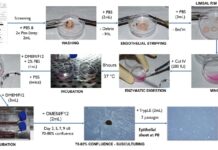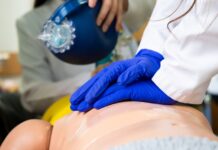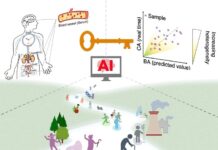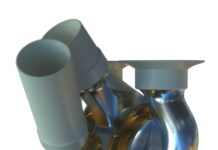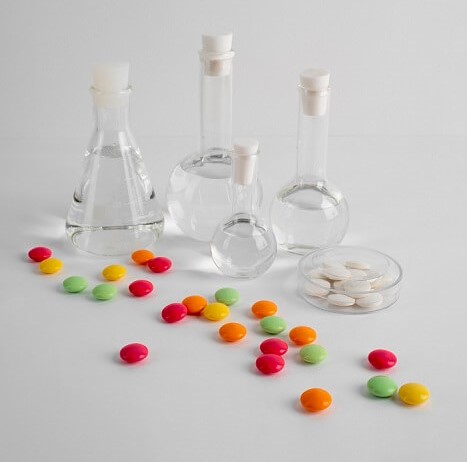There’s a lot of excitement today around breakthrough medical treatments, such as personalized cancer therapies using modified immune cells or antibodies. While promising, these treatments are often highly complex and expensive, limiting their widespread use. Most current medical treatments still rely on small chemical compounds that can be mass-produced at a lower cost. A significant challenge in developing new molecular therapies is the limited discovery of new active substances using existing methods. However, a technique called DNA-encoded chemical libraries (DEL), developed in the 2000s at Harvard and ETH Zurich, offers a solution.
Until recently, DEL technology enabled the creation and simultaneous testing of millions of chemical compounds. The limitation was that researchers could only build small molecules from a few chemical building blocks. Now, chemists at ETH Zurich have refined and greatly enhanced this process.
As reported by phys.org, their new method, detailed in *Science*, allows for the automatic synthesis and testing of billions of different compounds in just a few weeks. This approach also enables the production of larger drug molecules, such as ring-shaped peptides, which can target a broader range of pharmacological sites. The first active substances created using early DEL technology are already in advanced clinical trials. This newly improved method greatly expands the possibilities, according to Jörg Scheuermann, who leads a pioneering research group at the Institute of Pharmaceutical Sciences and is an expert in DEL technology.
Combinatorial chemistry, the foundation of this approach, aims to generate as many molecular variants as possible by combining different chemical building blocks. From this vast pool, researchers identify those with the desired biological activity. The number of potential compounds increases exponentially with each synthesis cycle and the number of building blocks combined. To identify active molecules in this expanding “molecular soup,” the DEL method attaches a unique DNA fragment to each compound, serving as a readable barcode for each combination.
For example, researchers can test the entire mixture of molecules for their ability to bind to a specific protein. Using polymerase chain reaction (PCR) technology, they can then amplify and identify the DNA barcodes, much like how COVID tests work. To make this advanced technology more accessible to the pharmaceutical industry and basic research, Scheuermann and his team plan to launch a spin-off company. This company will provide end-to-end services, from developing DEL libraries and automated synthesis to testing and DNA-based identification of active compounds.
“We’re seeing tremendous interest from industry and research, particularly in cyclic molecules, which have previously been difficult to produce in large quantities,” says Scheuermann.






